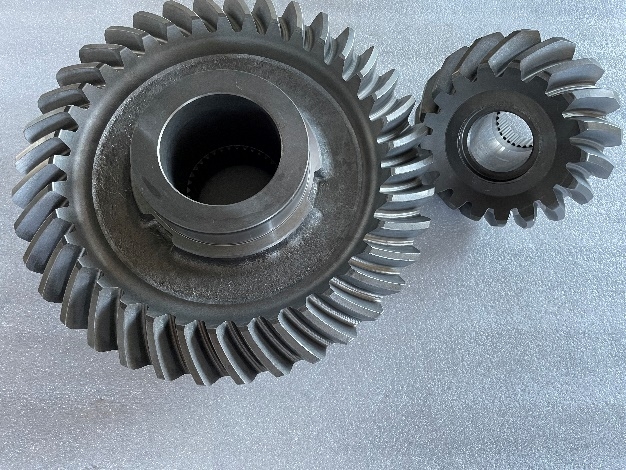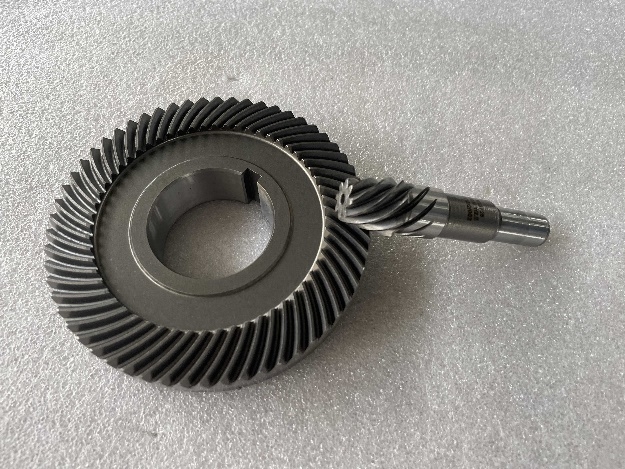Bevel gears are typically used for transmitting power between intersecting or non-parallel shafts rather than parallel shafts. There are a few reasons for this:
Efficiency: Bevel gears are less efficient in transmitting power between parallel shafts compared to other types of gears, such as spur gears or helical gears. This is because the teeth of bevel gears generate axial thrust forces, which can cause additional friction and power loss. In contrast, parallel shaft gears like spur gears or helical gears have teeth that mesh without generating significant axial forces, resulting in higher efficiency.
Misalignment: Bevel gears require precise alignment between the axes of the two shafts for proper operation. It can be challenging to maintain accurate alignment over a long distance between parallel shafts. Any misalignment between the shafts can lead to increased noise, vibration, and wear on the gear teeth.
Complexity and cost: Bevel gears are more complex to manufacture and require specialized machinery and tooling compared to parallel shaft gears. The manufacturing and installation costs of bevel gears are typically higher, making them less economical for parallel shaft applications where simpler gear types can adequately serve the purpose.
For parallel shaft applications, spur gears and helical gears are commonly used due to their efficiency, simplicity, and ability to handle parallel shaft alignment more effectively. These gear types can transmit power between parallel shafts with minimal power loss, reduced complexity, and lower cost.


Post time: May-25-2023




